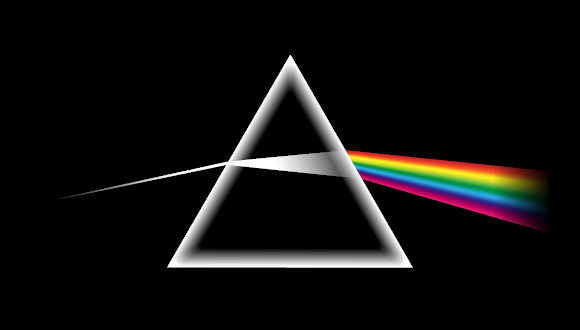TAU researchers demonstrate optical backflow of light

"Abnormal" behavior predicted more than 50 years ago may help scientists probe the atmosphere and gauge the environment
Support this researchResearchers at Tel Aviv University have for the first time demonstrated the backflow of optical light propagating forward. The phenomenon, theorized more than 50 years ago by quantum physicists, has never before been demonstrated successfully in any experiment — until now.
“This ‘backflow’ phenomenon is quite delicate and requires exquisite control over the state of a particle, so its demonstration was hindered for half a century,” explains Dr. Alon Bahabad of the Department of Physical Electronics at TAU’s School of Electrical Engineering, who led the research for the study. “This phenomenon reveals an unintuitive behavior of a system comprised of waves, whether it’s a particle in quantum mechanics or a beam of light.
“Our demonstration could help scientists probe the atmosphere by emitting a laser beam and inducing a signal propagating backward toward the laser source from a given point in front of the laser source. It’s also relevant for cases in which fine control of light fields is required in small volumes, such as optical microscopy, sensing and optical tweezers for moving small particles,” Dr. Bahabad says.
The study, published on January 16 in Optica, was conducted by Dr. Bahabad’s graduate students Dr. Yaniv Eliezer, now at Yale University, and Thomas Zacharias.
Light is similar to quantum particles in that both can be constructed from interfering waves. Such a construction, in which several waves are added together to produce a new wave, is known as a superposition. If a special superposition of waves, all propagating forward, is constructed, the overall wave can realize what’s called “optical backflow.”
In their holography experiment, the scientists split and reassembled a laser beam in the form of light waves that propagated at positive angles with respect to an axis. The different light beams had to be constructed very carefully, with precise values for their strength and delay. Once the superposition was created, a small slit was set and moved perpendicularly to the beam to, in effect, measure the direction of the beam in different locations.
The light escaping from the slit was revealed in most locations as moving at a positive angle. But in some locations, the light escaping the slit propagated at a negative angle, even though the light hitting the other side of the slit was comprised of a superposition of beams all propagating at a positive angle.
“We used holography to create a clear manifestation of the backflow effect,” adds Dr. Bahabad. “We realized at some point that we can utilize a previous study of ours, where we discovered the mathematical phenomenon known as suboscillation, to help us design a beam of light with backflow.
“To conclude, if interfering waves, all going in one direction, are constructed in a special manner, and you were to measure the direction of propagation of the overall wave at specific locations and times, you just might find the wave going backward. This wave can describe a particle using quantum mechanics. This surprising behavior violates any intuition that we gained from our daily experience with the movement of macroscopic objects. Nevertheless, it still obeys the laws of nature.”
See the publication at the Optica web site: https://www.osapublishing.org/optica/abstract.cfm?uri=optica-7-1-72.